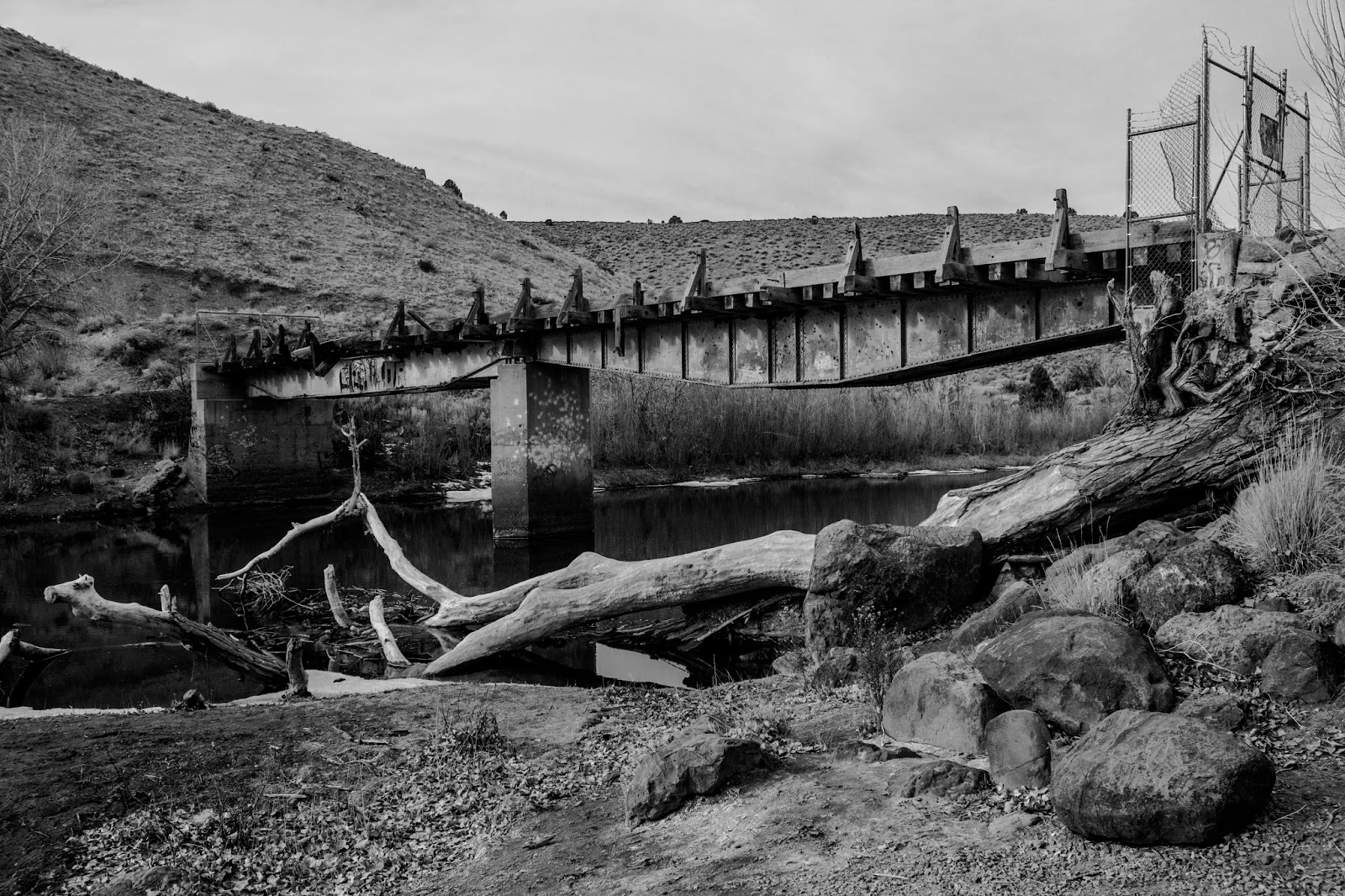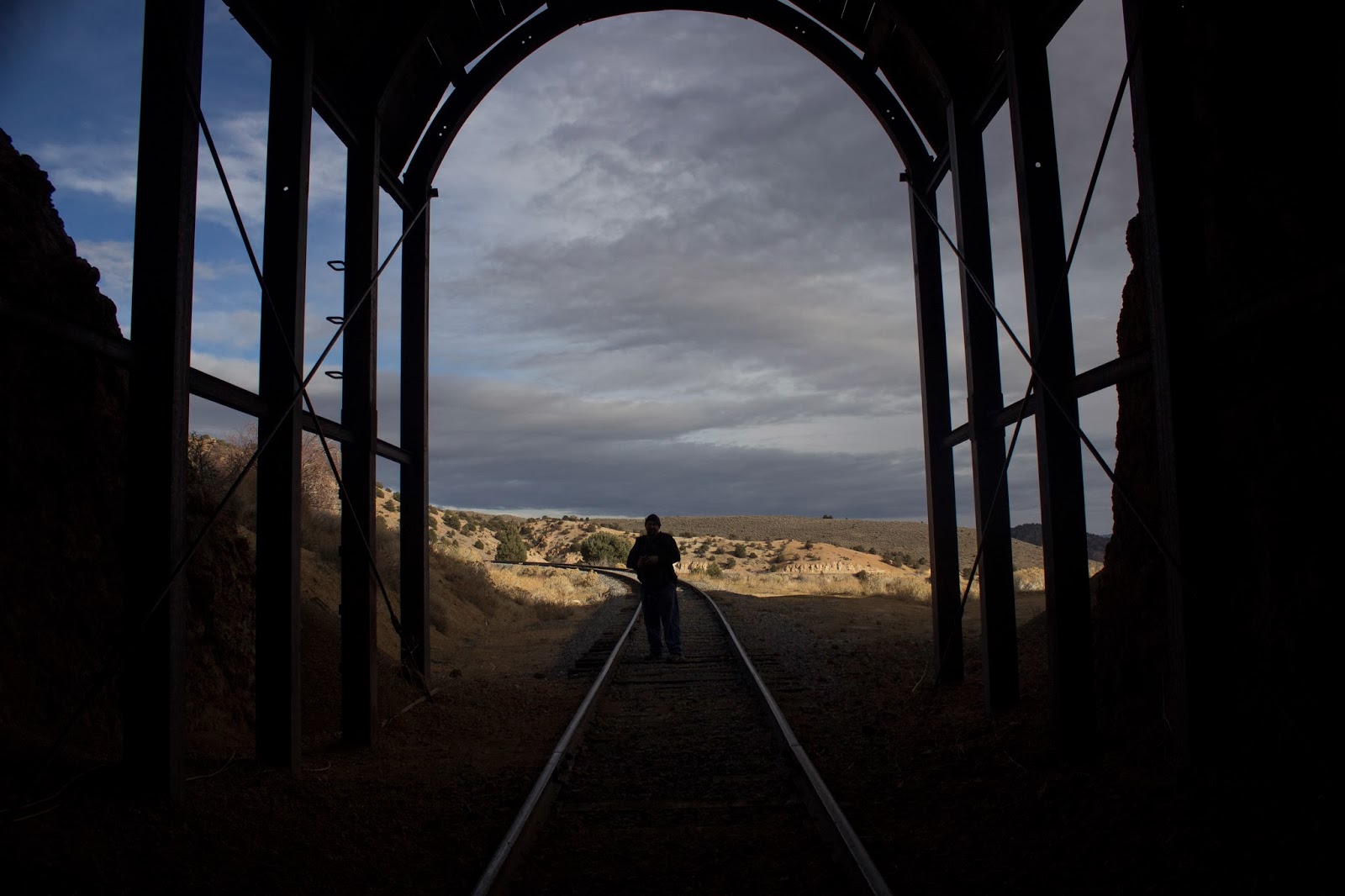I wrote before about finding
your niche and taking advantage of opportunities that come your way, never
writing anything off as “not for me.”
Versatility is SO important as a photographer, because when it comes
right down to it, you may not be raking in the dough if you focus on just one
type of subject. Trying out different genres and getting comfortable with a variety of subject matter will make you much more marketable. For example,
weddings are a blast to shoot but in Chicago, wedding season does not last all
year. The months of May through
November are relatively busy, but the winter months can be quite slow. As a wedding photographer I need to fill in the slow periods with other work, and I have found success
with lifestyle family photography and even some commercial product shoots.
One genre I never thought I would try out is food
photography, because you have to be (or hire) a food stylist to really make the
best possible food photos. You
know, the ones that make you want to pull the food right out of the billboard
or magazine because they look so real and tasty? I had classes with a
super talented woman named Peka, and her Mowie
Kay-esque work inspired me to play with my food! I picked out some recipes, hit up Trader Joe’s, stopped by World
Market for cheap dishes and surfaces, and got to work.
What I found about shooting food was surprising. Of course shooting food can help a photographer become accustomed to shooting commercial work in general, but the lessons I learned could so easily
be applied to many other genres. Interested in shooting landscapes?
The elements of a meal can be looked at as a miniature landscape, and
you can play with light to see how it casts shadows in crevices and highlights
different colors and textures (Carl Warner takes this to another level with his foodscapes). Practice with aerial views and you will get used to seeing how a scene changes based on perspective.
 Do you
see yourself shooting weddings and events? You
will definitely need to be able to make food look good, whether it’s served in
a church basement or a lavish ballroom. You can work on expressing different moods with your lights and backdrops and take all the time you need instead of feeling rushed because of a model's schedule. Getting used to styling a food- or drink-centric scene now will prepare you for when the pressure is on.
Do you
see yourself shooting weddings and events? You
will definitely need to be able to make food look good, whether it’s served in
a church basement or a lavish ballroom. You can work on expressing different moods with your lights and backdrops and take all the time you need instead of feeling rushed because of a model's schedule. Getting used to styling a food- or drink-centric scene now will prepare you for when the pressure is on.
Food photography is such an easy way to master your equipment when you
aren’t able to work with a human subject, or when the weather ruins your
outdoor shooting plans. Who knows, you may end up shooting the next cookbook of your favorite chef!
Need inspiration? Check out the G+ Food Photography community to see how others are composing and styling their food images, and to share your own work. There are photographers of many skill levels there so don't be afraid to join in the fun! I'd love to know how you practice your skills when you are stuck inside or don't want to work on portraits. Tell me in the comments below!
Works Cited:
Kay, Mowie.
"Mowie Kay: Food & Lifestyle Photographer." Mowie Kay: Food
Photographer London. Mowie Kay, 2014. Web. 28 Jan. 2014.
Warner, Carl. "Foodscapes." Carl Warner. Carl Warner, 2014. Web. 31 Jan. 2014.
Warner, Carl. "Foodscapes." Carl Warner. Carl Warner, 2014. Web. 31 Jan. 2014.






















